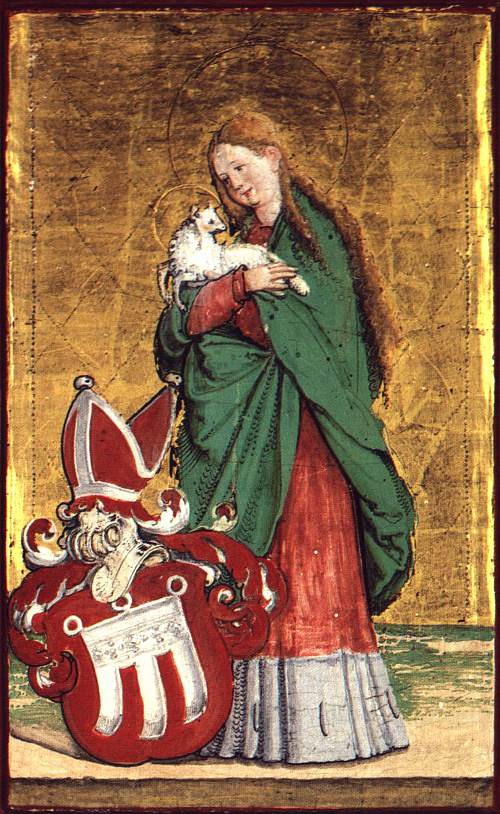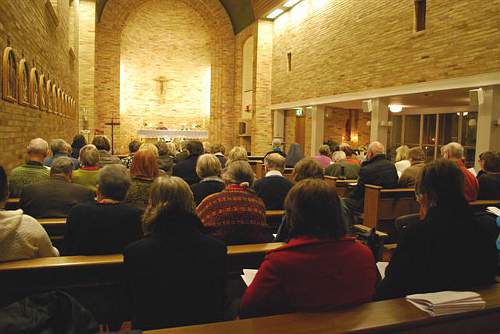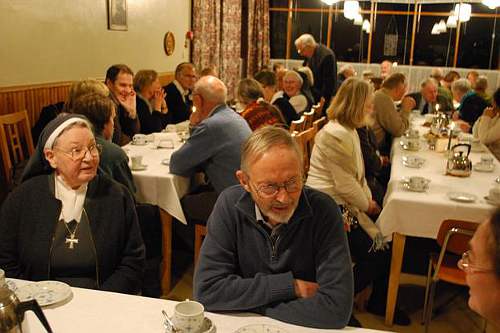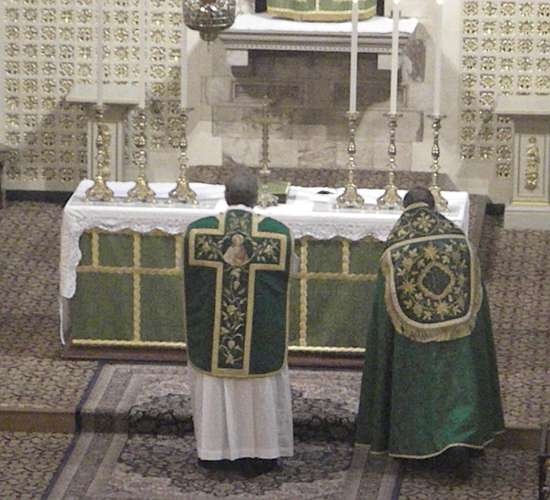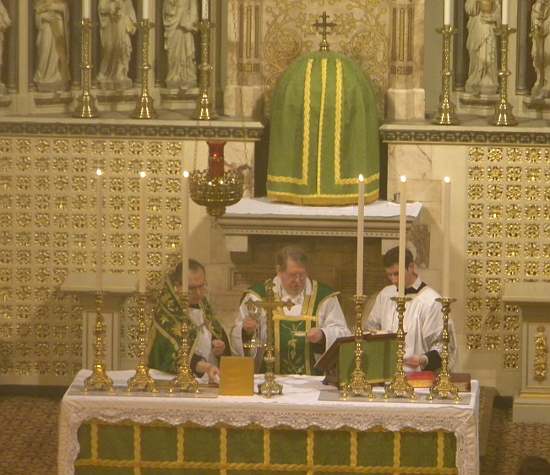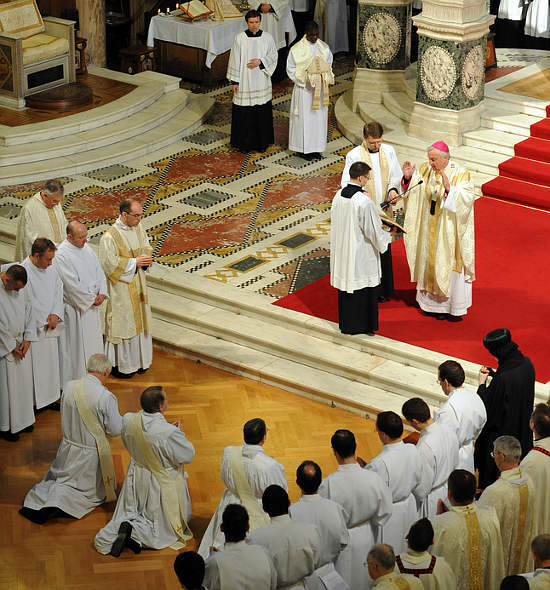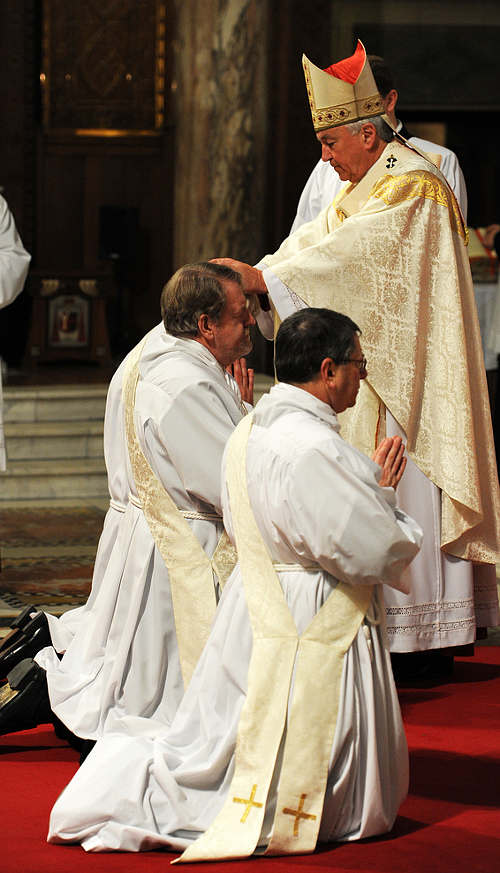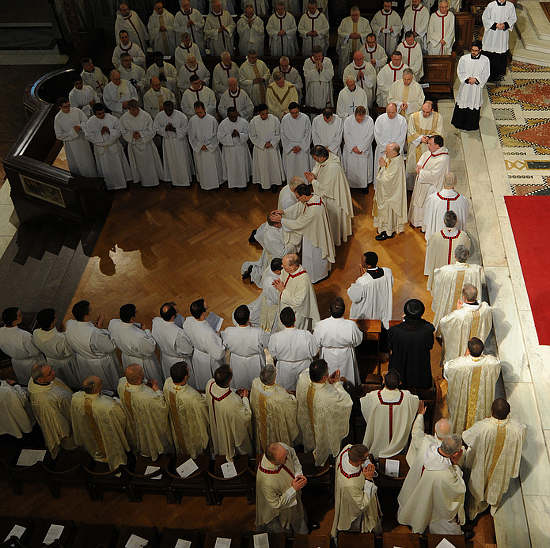Økumenikk og kamp mot abort
I går sa pave Benedikt følgende:
At the conclusion of an annual week of prayer devoted to overcoming divisions in Christianity, Pope Benedict XVI has warned that hard political choices over “the family, marriage and sexuality” cannot be played down for the sake of preserving good relations among the various Christian denominations.
Such issues form the heart of the contemporary culture wars, and Benedict called for a united front among Christians on these debates, “which cannot be minimized or avoided simply to avoid endangering the agreement we’ve already achieved.”
The pontiff’s remarks came in an audience this morning with a delegation from the Lutheran Church in Germany, to mark the end of the Jan. 18-25 Week of Prayer for Christian Unity. …


